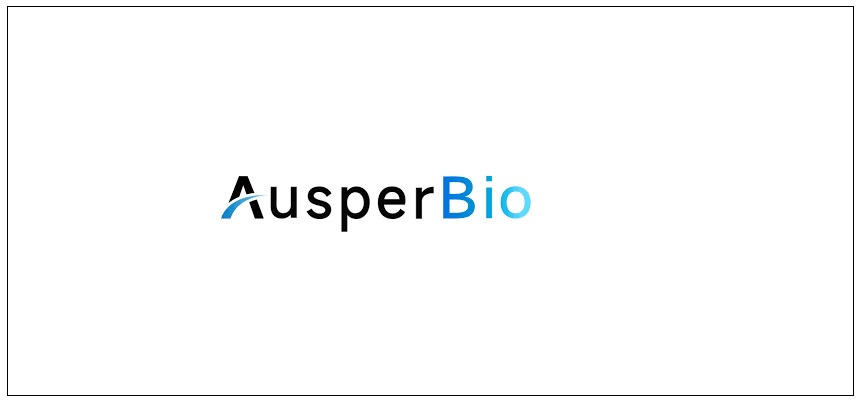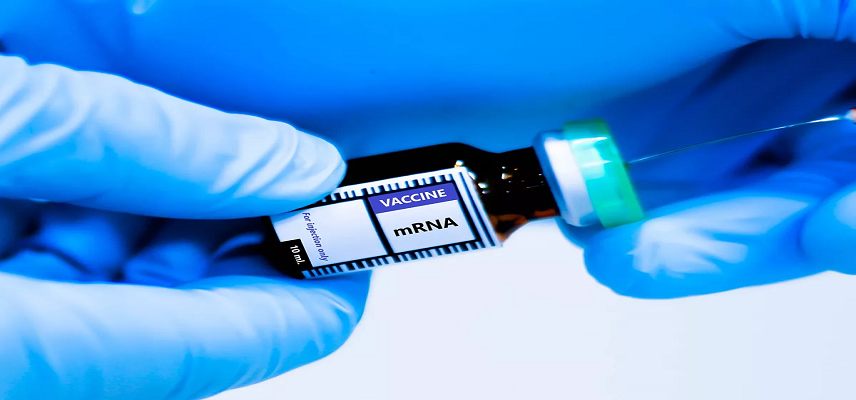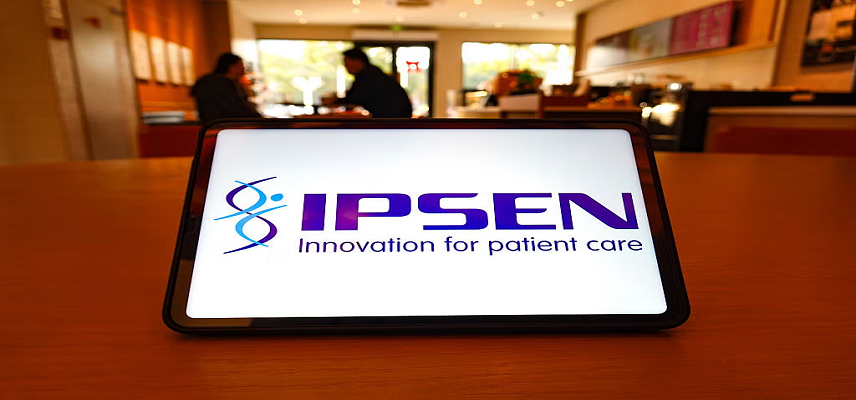Lipocine announces positive topline results from phase 2 study of LPCN 1148 to treat cirrhosis
Lipocine Inc., a biopharmaceutical company focused on treating CNS disorders by leveraging its proprietary platform to develop differentiated products, announced positive topline results from a phase 2 clinical study of LPCN 1148. LPCN 1148 is an oral candidate under development for the clinical management of cirrhosis. Lipocine plans to meet with the FDA to discuss a development path to NDA filing.
"We are delighted with the positive results from our phase 2 study," said Dr. Mahesh Patel, president and CEO of Lipocine Inc. "Managing cirrhosis is a significant unmet medical need with a strong pharmaco-economic rationale. We believe LPCN 1148 is a compelling development opportunity; if approved, we believe it has potential to be the standard of care in managing advanced cirrhosis."
This phase 2 proof of concept study is an ongoing randomized placebo-controlled study in sarcopenic male patients with cirrhosis on the liver transplant waitlist. Twenty-nine patients were randomized 1:1 to receive either LPCN 1148 or matching placebo for 24 weeks. At Week 24, the open-label extension stage of the study begins; during this stage all patients receive LPCN 1148. The study's primary endpoint was a change in L3-SMI at week 24. L3-SMI estimates whole body skeletal muscle mass and is the standard for sarcopenia assessment in cirrhosis. Secondary endpoints included rates of decompensation events including hepatic encephalopathy, and participant-reported change in symptoms using the PGI-C scale.
All LPCN 1148-treated patients completed Week 24 (n=15), whereas ten of fourteen placebo patients completed Week 24. All LPCN 1148-treated patients had at least one evaluable post-baseline CT scan and are therefore part of the modified intent to treat (mITT) analysis; ten placebo-treated patients had an evaluable post-baseline CT. As prespecified, L3-SMI analysis was performed on the mITT population (n=25), with the last evaluable post-baseline observation carried forward (LOCF).
Consistent with the American Association for the Study of Liver Disease (AASLD) statement, if a patient recovers a significant amount of liver function and muscle mass from the time they had bouts of HE, the patient may be able to stop standard HE therapy. Our study results support the concept that improvement in sarcopenia improves clinical outcomes.
As assessed by PGI-C, patients who received active treatment reported significant improvement in symptoms as early as Week 4, which persisted through Week 24. LPCN 1148 patients showed a significant increase in haemoglobin and trended towards resolution of anaemia, improvement of ascites, and reduced total number of days hospitalized. CT scans also suggest improved muscle quality and reduced visceral and subcutaneous fat with LPCN 1148 therapy.
LPCN 1148 was well-tolerated, with adverse event (AE) rates and severities similar to placebo; no mortality was noted in the LPCN 1148 treatment group. Rates of diarrhoea and nausea were low and similar in both groups. There were no cases of drug-induced liver injury.
Dr. Arun J. Sanyal, MD, Interim Chair, Division of Gastroenterology, Hepatology and Nutrition, Virginia Commonwealth University, commented, "Sarcopenia and frailty are major markers of poor outcomes for patients with end-stage liver disease. It is very exciting to see proof of concept that correction of sarcopenia by LPCN 1148 safely improved muscle mass, functional status and quality of life as well as reduced days in the hospital compared to placebo. This demonstrates for the first time that correcting sarcopenia improves many clinically significant issues for this very sick population and could provide a better bridge to transplant and quality of life for those who are not transplant candidates. I look forward to larger studies to further confirm the efficacy and safety of LPCN 1148 that was observed in this study."
Dr. Jennifer Lai, MD, MBA, study principal investigator, Professor of Medicine, UCSF, and a practicing general/transplant hepatologist and board-certified Physician Nutrition Specialist, added, "All of these patients had advanced liver disease awaiting liver transplant which predisposes them to losing muscle mass. The fact that those who received LPCN 1148 gained muscle mass in a relatively short time is remarkable. The signals toward improved clinical outcomes, such as hospitalized days and rates of hepatic encephalopathy, are scientifically plausible effects of having higher muscle mass and are quite promising."
Cirrhosis is an end stage liver disease of varying etiologies such as alcoholic liver disease, chronic hepatitis, nonalcoholic fatty liver disease and primary cholangitis. Complications of cirrhosis include decompensation events such as hepatic encephalopathy due to systemic ammonia buildup, variceal bleeding, and ascites, which require frequent hospitalizations. Poor Quality of Life (QOL) is common while waiting for a liver transplant. Although there is a limited supply of donor livers, transplant is the only cure for end-stage cirrhosis. Hepatic encephalopathy (HE) is a frequent complication and one of the most debilitating manifestations of liver disease, severely affecting the lives of patients and their caregivers. Furthermore, cognitive impairment associated with cirrhosis results in utilization of more health care resources in adults than other manifestations of liver disease. LPCN 1148 comprises testosterone dodecanoate, a unique androgen receptor agonist. It is targeted as a differentiated intervention option with a novel multimodal mechanism of action to elicit potential benefits in management of cirrhosis and associated comorbidities of cirrhosis.
This multi-center study enrolled and dosed a total of 29 patients across 8 centers in the US. The primary objective was to evaluate the efficacy of 24 weeks of LPCN 1148 treatment in cirrhotic men with sarcopenia. The secondary objective was to evaluate the safety and tolerability of LPCN 1148. Baseline characteristics, including age, disease etiology baseline L3-SMI, and other comorbidities were generally well-balanced between groups. Overall, the average baseline Model for End-Stage Liver Disease (MELD) score was 16.8, and 97% of patients had previously experienced at least one clinical decompensation event. Sarcopenia, or low muscle mass, was assessed by computed tomography (CT) scan; total skeletal muscle area was measured by CT scan at the third lumbar vertebra and normalized by subject height (L3-SMI, L3-skeletal muscle index). Patients had study visits every four weeks, with CTs performed at Week 12 and Week 24. Patients with a variety of cirrhosis etiologies were eligible. During the study there were no restrictions on standard of care medications, procedures, or other interventions. Further details on the study design, including inclusion and exclusion criteria, can be found on Clinicaltrials.gov (NCT04874350).
Lipocine is a biopharmaceutical company leveraging its proprietary technology platform to augment therapeutics through effective oral delivery to develop products for CNS disorders.

Optimize Your trial insights with Clival Database.
Are you exhausted from the uncertainty of trial insights pricing? Clival Database ensures the clarity in the midst of the global scenario for clinical trials to you.Clival Database is one of the best databases that offers an outstanding number of clinical trial data in terms of 50,000+ molecules and from primary regulatory markets as well as new entrants like Indian and Chinese markets.
With Clival, you get accurate positioning of historical sales data, patent database, company profiling, safety & efficacy, and prediction of launch of new innovative molecules helping you to align your research and driving down the cost.
To add value, we further break down our analytics for you so that improving your operational effectiveness; optimizing your clinical trials; and offering you accurate and high-quality data at lowest possible prices becomes possible.
Elevate your trial success rate with the cutting-edge insights from Clival database.
Check it out today and make more informed sourcing decisions! Learn More!







